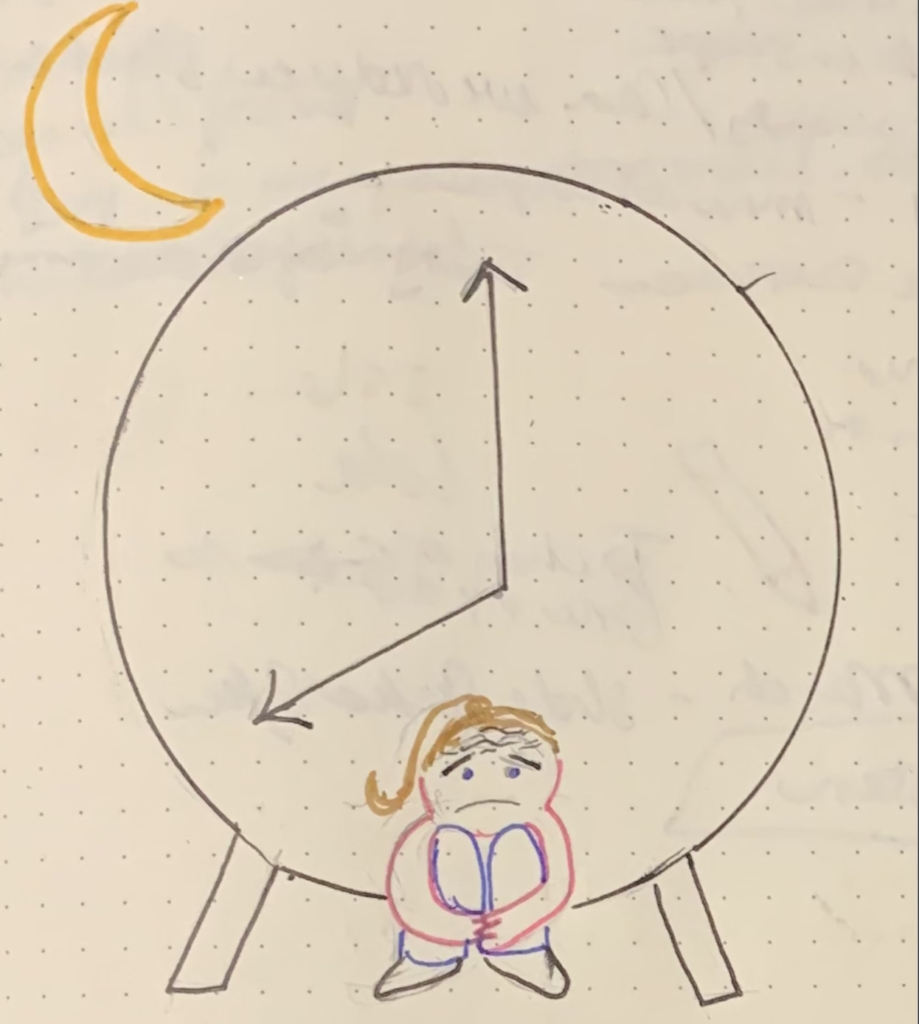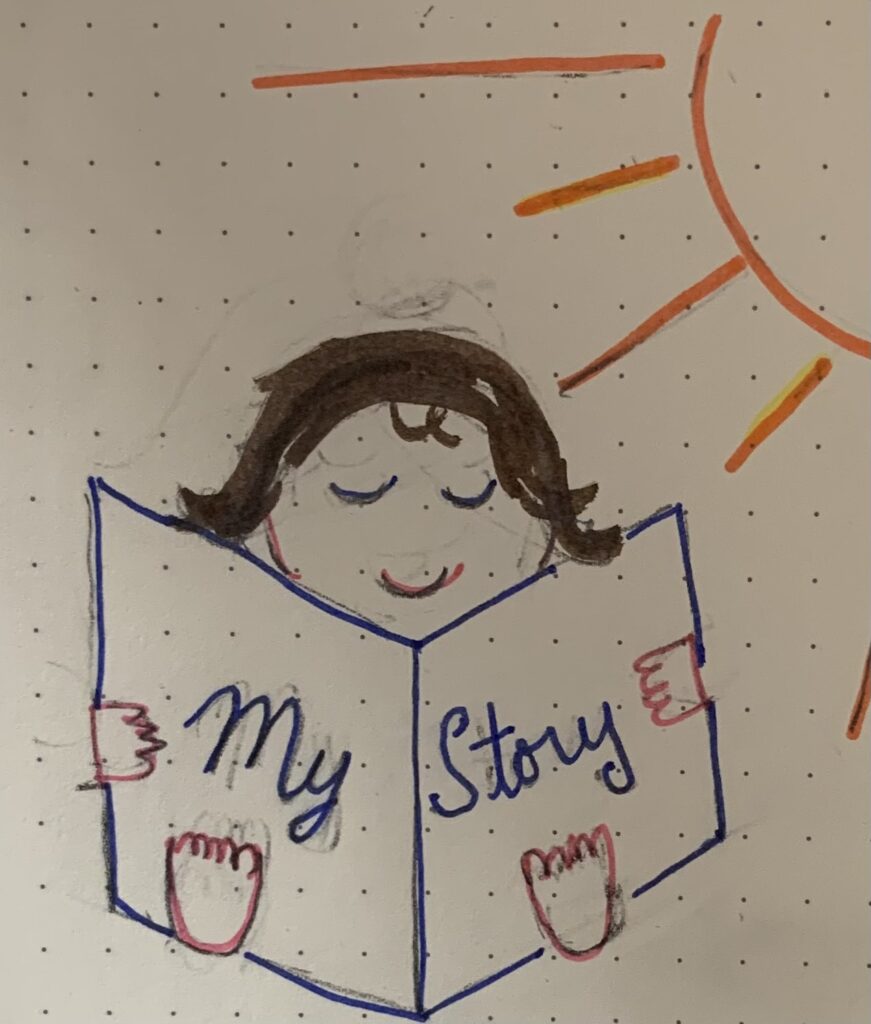Time management wizard, Amanda Butland, teaches moms to live by their priorities.
I interviewed Amanda Butland, founder of Momtasking Masters, last December, peak holiday crunch season. She calmly assured me that she had ample time to talk and a “flexible” schedule — This, while juggling a job, family, multiple businesses, a real estate portfolio and volunteer work at her son’s school. P.S., she’s written a middle grade novel, too.
Creating an abundance of time is at the heart of what Amanda does — for herself, for her family, and for the moms she trains through her online Momtasking Masters course. Amanda guides mothers “out of overwhelm and into joy,” following a five-step process she devised by retro-engineering her own instinctive facility with time management.
As a writing coach, a key part of my job is to help other writers to make writing a priority. But no matter how often I remind them that “writing is not optional,” my dark secret is that my own writing can feel like a squeeze rather than a spa, more often than I care to admit.
I want to find a better way – both for myself and for my students. So I asked Amanda to walk me through her five steps.
Time scarcity is an illusion
Amanda explained that she starts with the premise that time scarcity is an illusion, reflecting a mismatch between how we spend our time and what we actually value. Outside of emergencies, most of us have plenty of time, provided we focus on what really matters to us.
Here is how she coaches moms to bring their time and values back into sync:
Step 1: Identify your WHY
Amanda begins by asking mothers what they want to do with their extra time.
“Maybe it’s more time with their kids, to focus on their health, or to reduce stress,” Amanda said. “Your ‘why’ is the thing that keeps you moving forward.”
For writers, a powerful why can be a “Terrifyingly Attainable Goal” (Code name: TAG), such as completing a publishable novel or screenplay.
Step 2: Map out how you currently spend your time
Amanda charges her students to spend a week observing and documenting their current time expenditures. She advises them to track it in half hour blocks, using a diary, notebook or phone app.
Become an anthropologist doing field research on yourself, getting curious about the habits, choices and motivations that currently govern your time expenditure. The goal here is to build up a database of information and gain insight, not to judge or find solutions. Nonetheless, the exercise can yield immediate results. When I tried it, I discovered that hunting for my ear buds is a major daily time suck. I committed to storing them in the top pouch in my backpack and now get a thrill every time I locate them on demand.
Step 3. Identify your values
Amanda teaches that moms will never have enough time until they know what they want to do with the time they have.
”I feel like people don’t really know what their values are if they haven’t talked about it,” Amanda said. When she sees moms in overwhelm, her first question is: “Have they thought about what they value and have they tied that to how they spend their time?”
Step 4. Shift your mindset
This is where the heart of the work often lies. Here are four of the key shifts that Amanda guides moms to make.
i. A little time can be enough
Mothers may feel overwhelmed because they overestimate how long some tasks take — and then the tasks stretch to match expectations.
“You can do a lot in a minute. A minute is not that short. Now think about what you can fit into five,” Amanda said.
Following Amanda’s advice to make the most of stray minutes has allowed me to do more reading, networking and writing — and makes it fun.
I also find that writers often skip a writing day when we feel we don’t have an adequate block – which we often assume must be an hour or more. Yet the best way to create more writing time is often simply to start writing with whatever time you have. When I feel resistance, I think of the mother writer who told me that by sticking to just fifteen minutes of writing a day, she wrote an entire draft of a middle grade novel within eight months.
ii. We deserve — and need — personal time
“A lot of moms don’t feel that they can do things for themselves or that they are worth spending time on,” Amanda commented. “I teach that self-care is like an oxygen mask. You have to put yours on first, before you can help little people.”
Quality question: As writers, do we treat our writing time as essential oxygen and do we even believe that we deserve to breathe?
iii. Release comparison and conformity
Amanda treats overwhelm as a flag that moms “are living by other people’s values and expectations instead of their own.”
Saying “yes” to writing may mean saying no to alcohol, staying out an extra hour, or volunteering to bring cupcakes to a school’s overstocked bake sale — even if everyone else is saying yes.
iv. Overcome perfectionism
Amanda teaches students that for most things, good enough is good enough.
These four mental shifts are interlinked, so that adjusting one facilitates a reappraisal of the others. For example, when we change our assumptions about time and start allocating small chunks to pursuits we value, it bolsters self-worth. Self-worth, in turn, gives us a foundation to renounce conformity and comparison, which then frees us to release perfectionism and set our own standards.
Step 5. Align your values to your schedule
Finally, Amanda guides moms to create new schedules that allocate more time to their values and desires while eliminating, outsourcing, delegating or automating the rest – for example, simplifying birthday parties, cancelling eyebrow waxing sessions, training kids to be more self-sufficient or setting up weekly shopping deliveries. Amanda has a range of tools and strategies to assist.
This five-step process is not easy. It requires close attention and intentional rewiring of assumptions that make us feel safe and habits that make us feel useful or needed.
But on the other side, not only will we get to create the stories we long to write — but we just might start creating the one we want to live.
****
Click here to find Amanda Butland on social media.
Do you feel called to write? I can help. Get in touch at joanna.norland@gmail.com for a free introductory half hour coaching session.





No comments yet.